How To Make Gallo Pinto: A Popular Costa Rican Breakfast
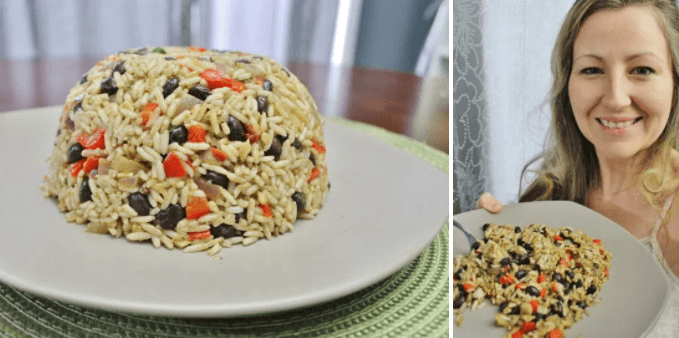
Last updated on April 7th, 2020 at 02:12 pm

Written by Nikki Solano
Nikki is the CEO of Pura Vida! eh? Inc. (Costa Rica Discounts), and the author of the guidebooks Moon Costa Rica (2019, 2021, 2023, and 2025 editions) and Moon Best of Costa Rica (2022 edition) from Moon Travel Guides. Together with her Costa Rican husband, Ricky, she operates the Costa Rica Travel Blog, created the online community DIY Costa Rica, built the Costa Rica Destination Tool, oversees the brand-new (summer 2023) Costa Rica Travel Shop, and designed the Costa Rica Trip Planning 101 E-Course. Also, Nikki wrote the Costa Rica cover feature for Wanderlust Magazine's sustainability-focused Travel Green List issue, showcased Costa Rica destinations and experiences on Rick Steves' Monday Night Travel show and podcast/radio show, and served as the Costa Rica Destination Editor for Essentialist, a luxury travel brand. Want to show your appreciation for her free article below? Thank Nikki here. ❤️️
Get the Costa Rica info you need by browsing our article's TABLE OF CONTENTS:
- Gallo pinto: Another wonderful excuse to eat rice and beans in Costa Rica
- Gallo pinto health benefits
- Quick gallo pinto recipe item list:
- How to make gallo pinto – Part #1: Cooking the rice
- How to make gallo pinto – Part #2: Preparing the gallo pinto
- Optional: Serving the gallo pinto as a half sphere
- Gallo pinto tips
Gallo pinto: Another wonderful excuse to eat rice and beans in Costa Rica
If you’ve been to Costa Rica, you already know that both rice and beans are staples of the country’s cuisine. Casado, a typical dish that serves rice and beans separately on a plate, and Rice and beans, a meal served along the Caribbean coast that infuses the dish’s namesake ingredients with coconut, are common preparations. Gallo pinto, Costa Rica’s delicious blend of rice and beans that’s served for breakfast everywhere in the country, is consumed daily.
If you’re not accustomed to eating beans for breakfast, you’re missing out. Many countries around the world opt to include beans in their morning routine, as evidenced by English, Japanese, and Indian cuisines, among others. Though you may think that beans are too heavy to eat in the morning, gallo pinto is a surprisingly light (and tasty) dish. I eat a hearty helping of it most mornings, yet I don’t feel nearly as full as I do when I eat most dinners. Packed with protein and plenty of nutrients, it’s no wonder Costa Ricans are a strong and hardworking breed with seemingly endless endurance.
Don’t miss our related blog posts:
Costa Rica Food Guide: 30 Things To Eat In Costa Rica And When To Eat Them
Costa Rica Drink Guide: 20 Things To Drink In Costa Rica (Alcoholic And Non-Alcoholic)
As a foreign visitor, I guarantee you’ll encounter gallo pinto at one time or another during your trip. Hotels serve it, restaurants serve it, and tour operators that include breakfast with their tours serve it. Any breakfast described as “typical” in Costa Rica includes the dish, whereas breakfasts that are described as “American” or “Continental” usually do not. Though side dishes vary across meal providers, orders of gallo pinto are often accompanied by fried plantain, fried cheese, a few slices of avocado, a tortilla, and sometimes eggs prepared to your liking.
In taste, gallo pinto is neither spicy nor salty, but it does have a potent flavor. The sharp bite of the cilantro herb is most obvious in the dish, followed by a hint of garlic and a subtle tang of the vinegar-tasting salsa Lizano (Lizano sauce). Overall, gallo pinto is more savory than sweet, especially when compared to Froot Loops or Frosted Flakes. More than anything else, it’s a delicious and humble helping of Costa Rican authenticity.
Gallo pinto health benefits
It’s official! Breakfast is the most important meal of the day. It has been tasked with not only pulling us out of our slumber, but sustaining our energy until lunch and beyond. Fortunately, gallo pinto is up to the challenge. Unprocessed ingredients like mineral-rich vegetables, high-fiber rice (especially when white rice is swapped for brown rice), and protein-packed black beans prove that gallo pinto is wonderfully nutritious for our bodies. Throw in the fact that the dish is vegetarian (and can be prepared vegan) and its appeal multiplies. It’s hard to justify why we all shouldn’t be eating gallo pinto right now, tomorrow, and everyday thereafter.
Want to treat yourself to some less healthy but wonderful tasting Costa Rican desserts? Don’t miss our related blog posts:
Quick gallo pinto recipe item list:
Products you will need
- 3 cups of uncooked white rice (brown rice can be substituted for white rice if preferred)
- 3 cups of water
- 1 teaspoon of salt (optional)
- 1/4 cup of butter
- 1 tablespoon Achiote paste (optional)
- 3 garlic cloves from 1 garlic bulb; chopped finely
- 2 small-to-medium size sweet red peppers (or 1 oversize sweet red pepper); diced *not hot peppers
- 1 large red onion; diced
- 1 19 fl. oz. can of black beans (or the beans of your preference) *do not drain the liquid from the can
- 3 tablespoons of salsa Lizano
- 2 sprigs of cilantro herb; chopped finely
Equipment you will need:
- Rice cooker
- Large fry pan
Optional items
Use these items if you plan to display the gallo pinto while entertaining
- Bowl; the same size as your desired gallo pinto serving size (ideally a glass bowl)
- 1/4 cup of butter (or other non-stick substance, such as oil or margarine)
How to make gallo pinto – Part #1: Cooking the rice
For this step you will need
- 3 cups of uncooked white rice (brown rice can be substituted for white rice if preferred)
- 3 cups of water
- 1 teaspoon of salt (optional)
If you do not have a rice cooker, I highly recommend getting one! Not only does it make rice preparation quick and easy, but and the machine can be used for a variety of other purposes, including making overnight oatmeal, boiling eggs, soaking beans, and more! Regardless, if you don’t have access to a rice cooker at this moment, don’t fret. Gallo pinto requires cooked rice but it doesn’t matter how the rice is prepared. The packaging on most rice bags include instructions for stove-top preparation of the grain, so if you’d prefer to cook your rice that way, go ahead and do so, skip the instructions below, and start reading from “PART #2: PREPARING GALLO PINTO“.
- Add the rice to your rice cooker.
- Add the water to your rice cooker. The water should cover the rice completely, although some grains will float to the top.
- If desired, add salt to the water/rice mix in the rice cooker (Ricky and I prefer not to cook with salt so we have omitted this step).
- Turn the rice cooker on, cover, and leave until the rice is cooked (most rice cookers turn off automatically when the rice is cooked).
Note:
- As a party of two, Ricky and I cook gallo pinto 3 cups of rice at a time. This provides each of us with enough gallo pinto for three days, which means that we only need to prepare the meal roughly twice a week. Of course, if you would prefer to have more/less leftovers, or if you are preparing the dish for a greater number of people, you may wish to cook more or less rice. If you do, be sure to adjust the recipe’s other ingredient quantities proportionally.
How to make gallo pinto – Part #2: Preparing the gallo pinto
Step #1: Constructing the flavor
For this step you will need
- 1/4 cup of butter
- 1 tablespoon Achiote paste (optional)
- 3 garlic cloves from 1 garlic bulb; chopped finely
- 2 small-to-medium size sweet red peppers (or 1 oversize sweet red pepper); diced *not hot peppers
- 1 large red onion; diced
The use of achiote paste is entirely optional, so if you do not have access to it where you are, skip its instruction below. I like to add achiote to rice dishes because it’s used widely throughout Costa Rica and gives rice a subtle barbecue flavor, but gallo pinto can be prepared without it.
- Add the butter to a fry pan on a stove set to medium-high heat.
- Once the butter has nearly melted, add the achiote paste to the fry pan. Achiote paste doesn’t melt as well as butter on its own so you’ll need to use a fork or spatula to help break up the paste and move it around the fry pan. Doing so will cause the liquid in the pan take on a bright yellow/orange color. Achiote (annatto) is often used as a natural food colorant given its brilliant hue. It’s also the reason why so many rice dishes in Costa Rica are tinted yellow.
- Once the achiote has nearly melted, reduce the stove-top setting to medium heat and add the garlic. Stir the garlic around the butter/achiote mixture in the pan often to spread out the flavor and avoid burning the garlic.
- Add the diced pepper(s) and onion to the butter/achiote/garlic mixture in the pan and sauté for five to ten minutes until the onions are no longer raw.
Step #2: Adding the rice and beans
For this step you will need
- 1 19 fl. oz. can of black beans (or the beans of your preference) *do not drain the liquid from the can
- Cooked rice (in the rice cooker)
This step makes the dish what it is: A rice and bean compilation set among buttery, smokey, and garlicy flavors.
- Reduce the stove-top setting to low heat, add the cooked rice to the pan, and blend.
- Separate the beans from the can and save the bean liquid. Add the beans to the pan and blend. Add a few tablespoons at a time of the bean liquid from the can to the pan and blend. Use your own judgment here as to how wet or dry you would like your gallo pinto to be. Traditionally, gallo pinto is sticky but not wet. I usually end up pouring about half of the can’s bean liquid into the pan.
Step #3: Adding finishing touches
For this step you will need
- 3 tablespoons of salsa Lizano
- 2 sprigs of cilantro herb; chopped finely
Some people don’t like the taste of salsa Lizano or the cilantro herb. If this is the case, skip the below additions. Though both ingredients are included in traditional Costa Rican gallo pinto, a less flavorful version of the dish can be prepared without either or both.
- Turn off the stove-top heat. Add the salsa Lizano to the gallo pinto and blend.
- Sprinkle the cilantro herb atop the gallo pinto and blend. Note that when cut, the cilantro herb has a very potent smell and taste. A little of it goes a long way.
Optional: Serving the gallo pinto as a half sphere
For this step you will need
- Bowl; the same size as your desired gallo pinto serving size (ideally a glass bowl)
- 1/4 cup of butter (or other non-stick substance, such as oil or margarine)
If you would prefer your gallo pinto to look fancy and presentable, consider serving it as a half sphere on a plate. Depending on where you are in Costa Rica (i.e., at an upscale hotel versus a hostel, at a finer restaurant versus a soda restaurant, etc.), gallo pinto may be served buffet style or delivered direct to your table. In the case of the latter, the dish is often shaped like a mound.
- Using butter (or the non-stick substance of your preference), generously coast the inside of a bowl.
- Pack as much gallo pinto into the bowl as possible by using a fork or spoon push down the mixture.
- Place a plate upside down on the top of the bowl and flip it over so that the plate can be placed on the table and the bowl is upside down.
- Gently lift the bowl off of the gallo pinto mound. Adorn the plate with side dishes and serve immediately. The longer the gallo pinto mound sits on a plate, the more likely it will be to collapse.
Note:
- I prefer to use a glass dish so that I can see when the rice grains have successfully released themselves from the bottom and sides of the bowl.
Gallo pinto tips
Experiment with gallo pinto‘s flavors: If you don’t like one, skip it!
Gallo pinto fuses a variety of flavors. In it, you can usually taste butter, achiote, garlic, salsa Lizano, and cilantro in addition to the natural flavors of the dish’s rice, beans, and vegetables. If something doesn’t appease your palette, skip it next time. The fundamental ingredients are rice and beans. The use of other ingredients, though common in Costa Rica, is optional.
Don’t plan to keep gallo pinto for longer than three days
Ricky and I love beans. We eat them nearly every day and we would love to be able to make dishes that last a while in our refrigerator. However, the reality is, beans go bad quickly, especially when they’re mixed with other ingredients. For this reason, gallo pinto isn’t a dish that you can make on a Sunday and enjoy the next Saturday. Prepare only enough to last you and your brood a couple of days.
For a healthier gallo pinto dish or a varied one, get experimental!
Costa Ricans may be known to serve gallo pinto in a particular way, but that doesn’t mean you must conform to every rule. Want more fiber? Use brown rice instead of white rice. Want a low-fat version? Skip the butter altogether. Need to increase your intake of particular vitamins or minerals? Swap the vegetables or bean types used in the recipe above for other varieties. Changes are fair game, and though they may lead you to produce a less authentic dish, if they get you to incorporate rice and beans into your diet in additional and/or more pleasurable ways, to that we say, “buen provecho!” (bon appetit!)
QUESTION TO COMMENT ON: Have you tried gallo pinto in Costa Rica? What did you think? Have you attempted to make it on your own? How did it go?
Pura vida!

Hey, Costa Rica Travel Blog reader, thank you for visiting and reading our blog! We're truly grateful for your time and preference.
Do you know that your spam-free reading experience is most important to us? Unlike some other Costa Rica blogs, we do not to sell your personal information, and we choose not to display ads, sponsored content, or affiliate marketing on our blog so we can keep your visit as distraction- and junk-free as possible. Because we prioritize your privacy, we don't earn money when you visit us, when you sign up for our e-course, or when you click on our links, which means the time and work we put into this blog—including its 300+ articles—is entirely voluntary! If you find our content valuable, and you'd like to thank us for making the trip-planning process easier and your Costa Rica vacation more enjoyable, please consider making a small donation ($1, $2, $3, or an amount of your choosing) to our blog. Doing so is a great way to pat us on the back if you feel we deserve it. 😊 Pura vida, amigos!
Click on the button above to donate through PayPal. (If you cannot see the PayPal button above, click here.) A PayPal account is not required to make a donation; credit and debit cards are also accepted. PayPal donations are confidential; we never see your payment details.
Love our blog? Check out our other Costa Rica-related projects, too:
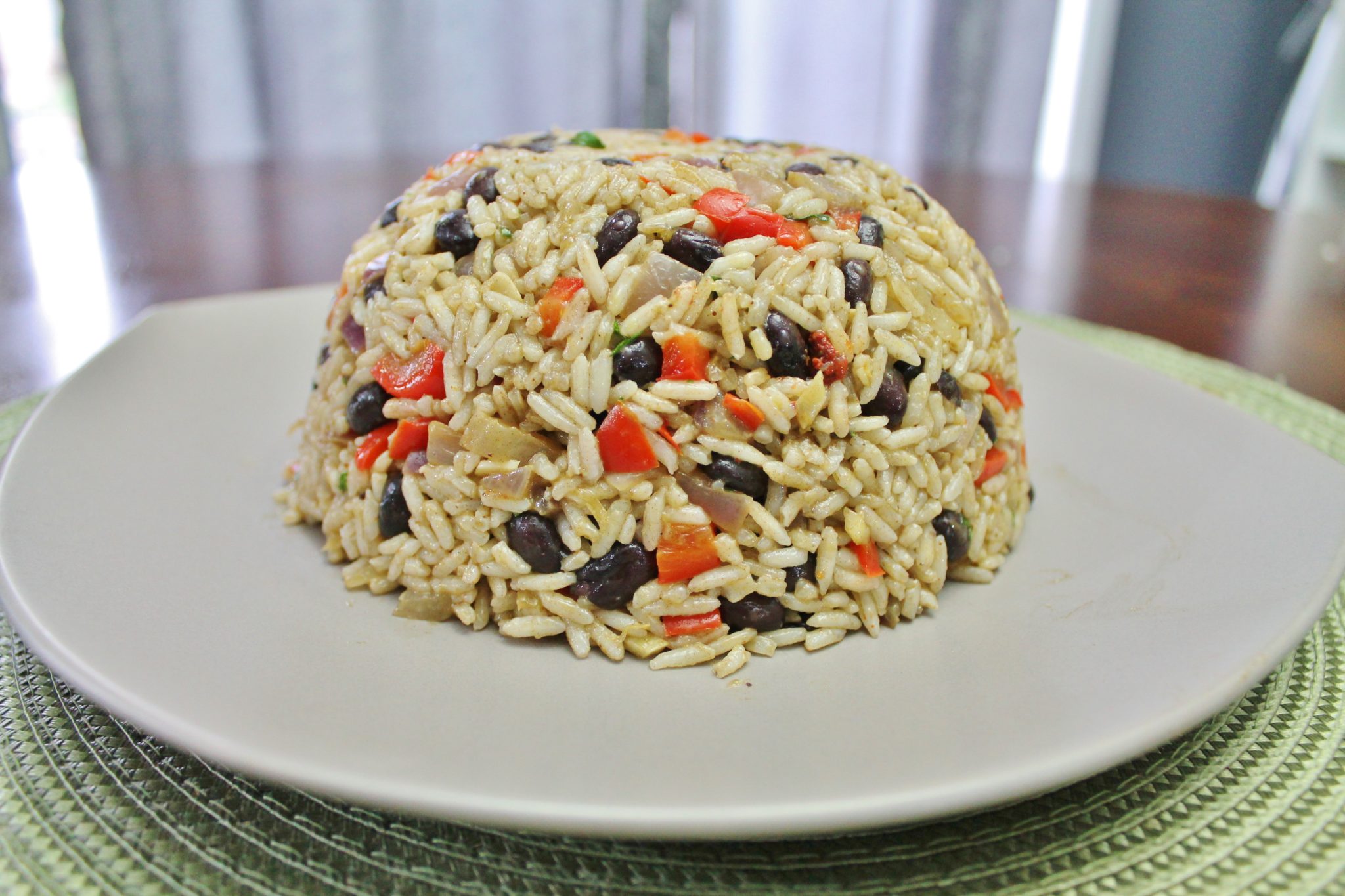







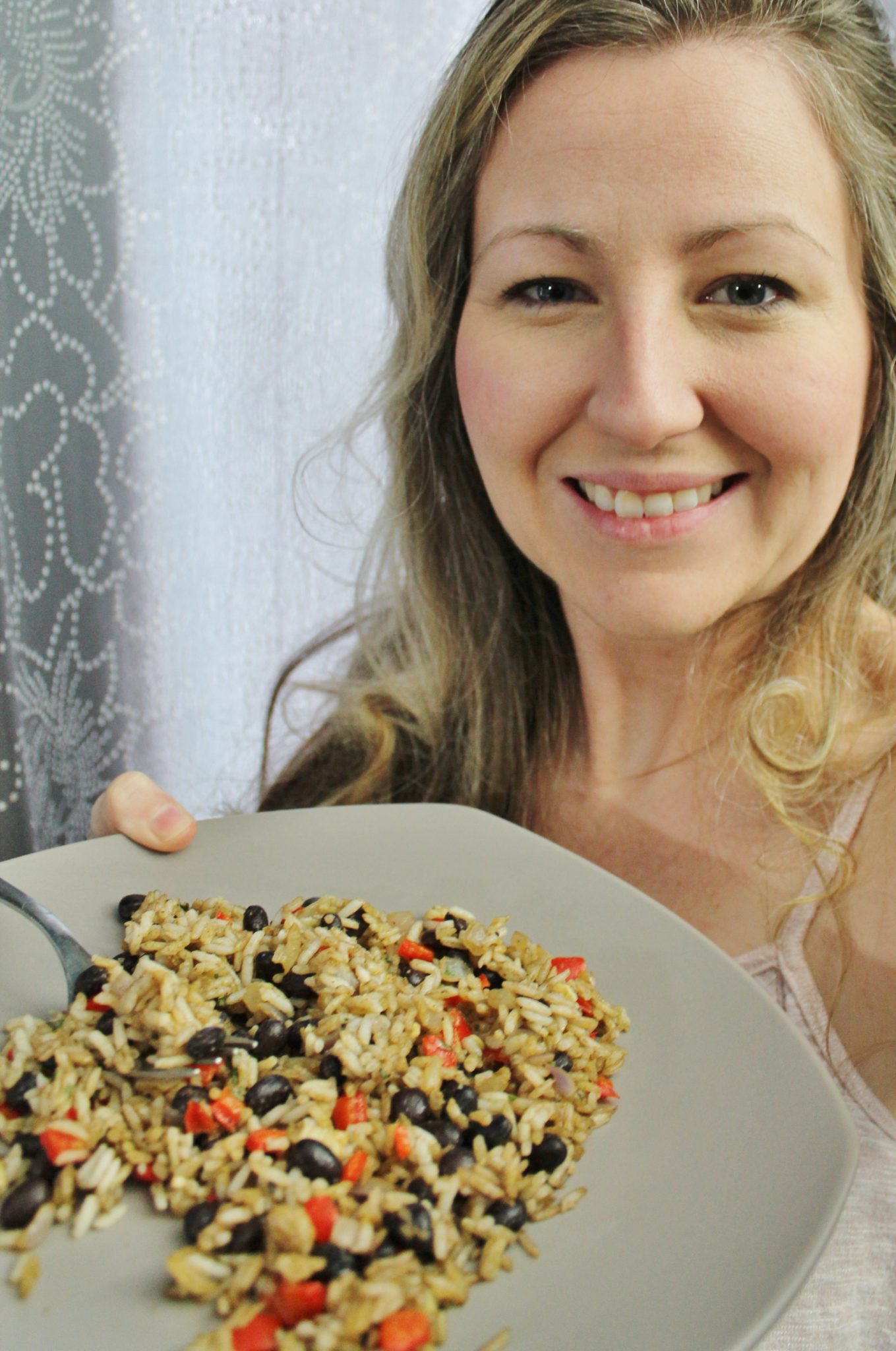
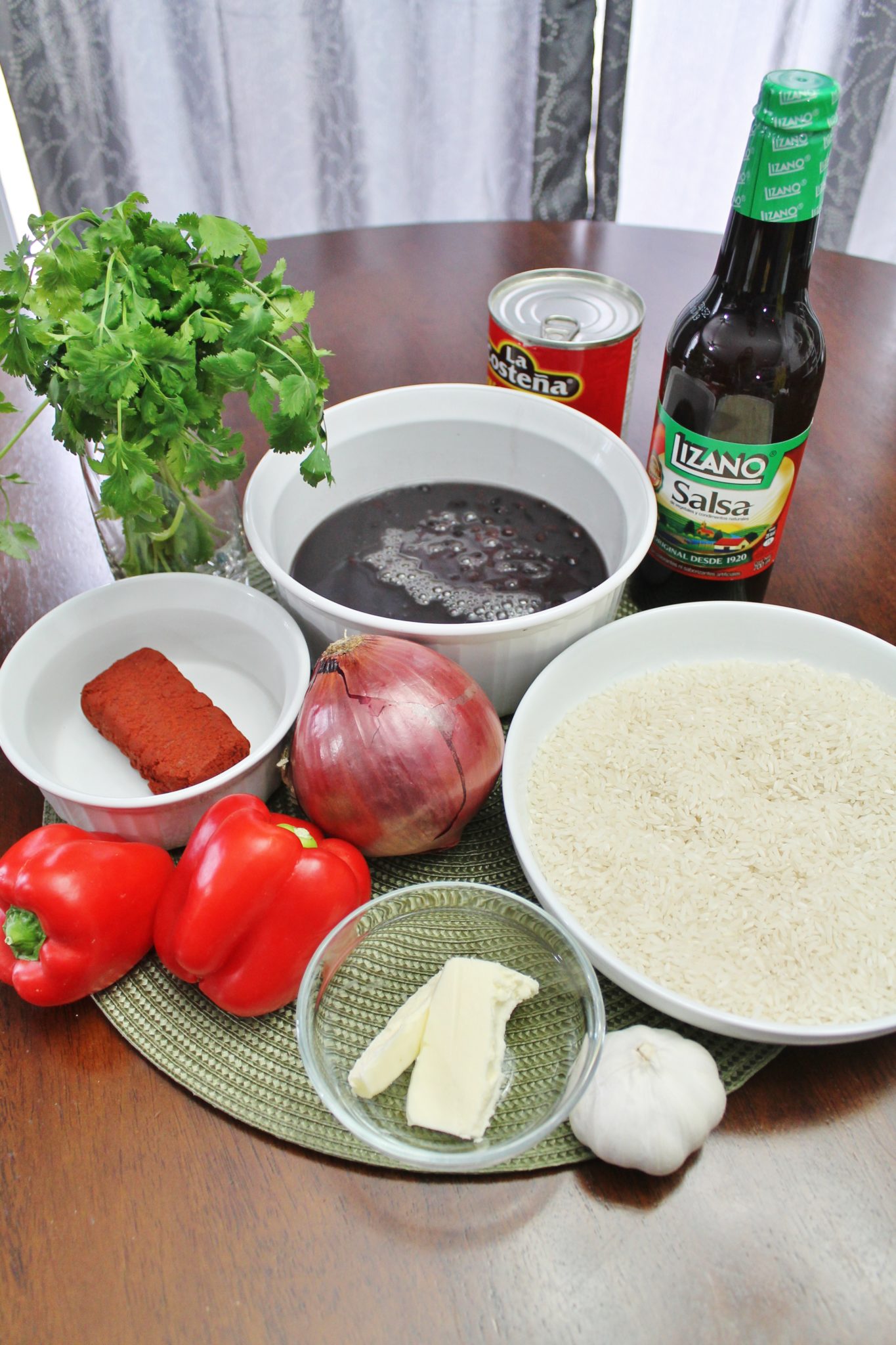
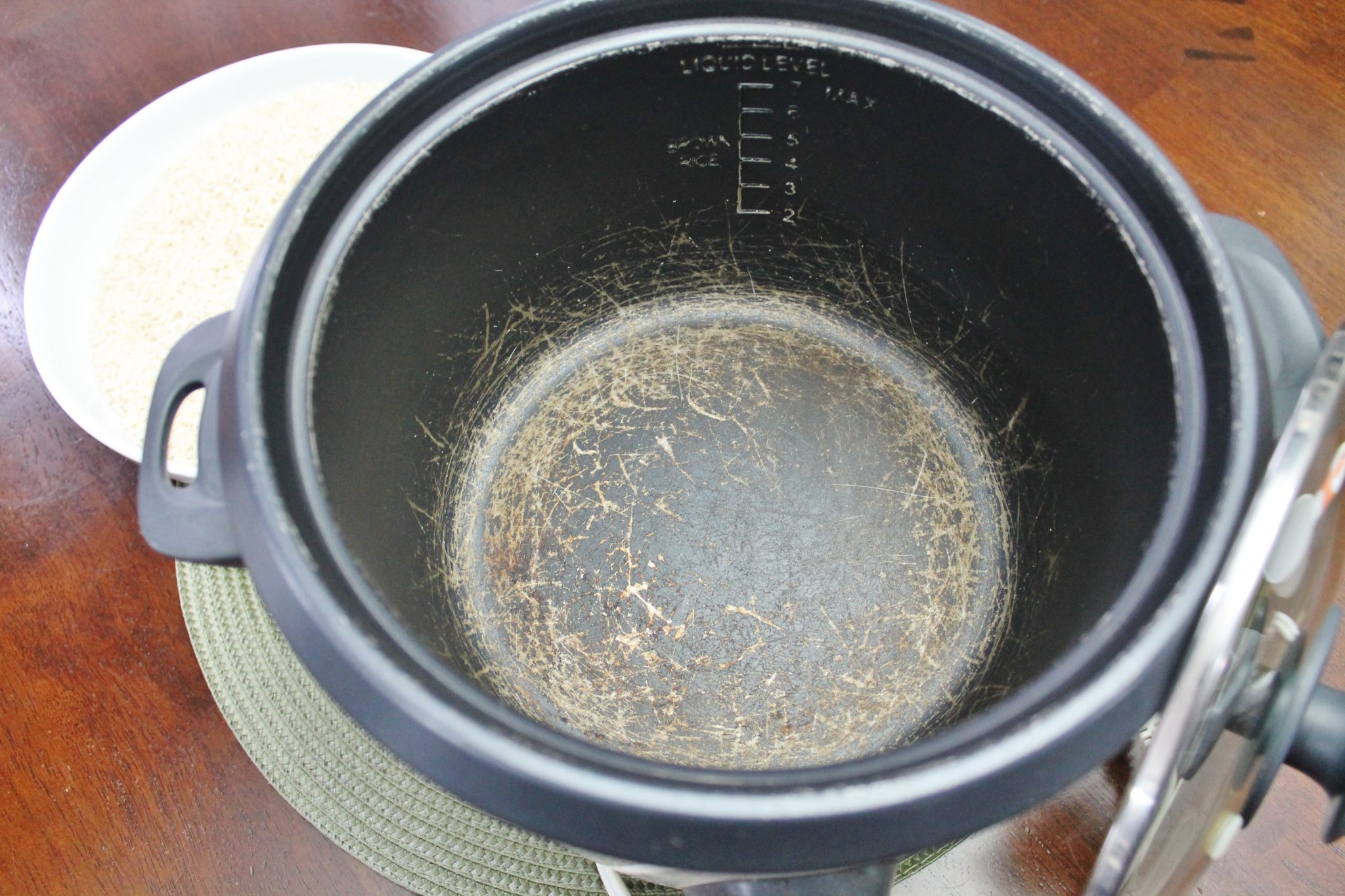
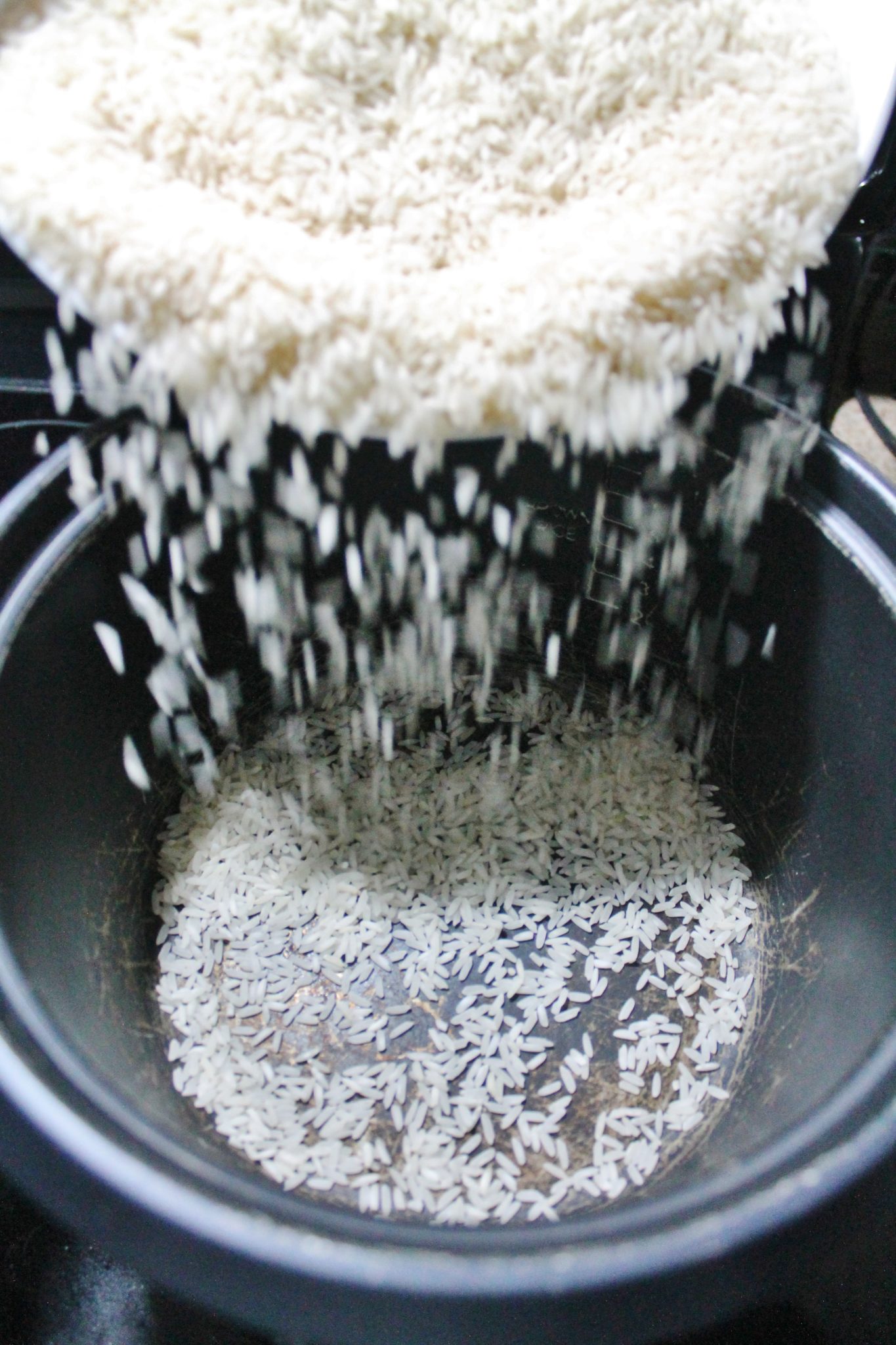
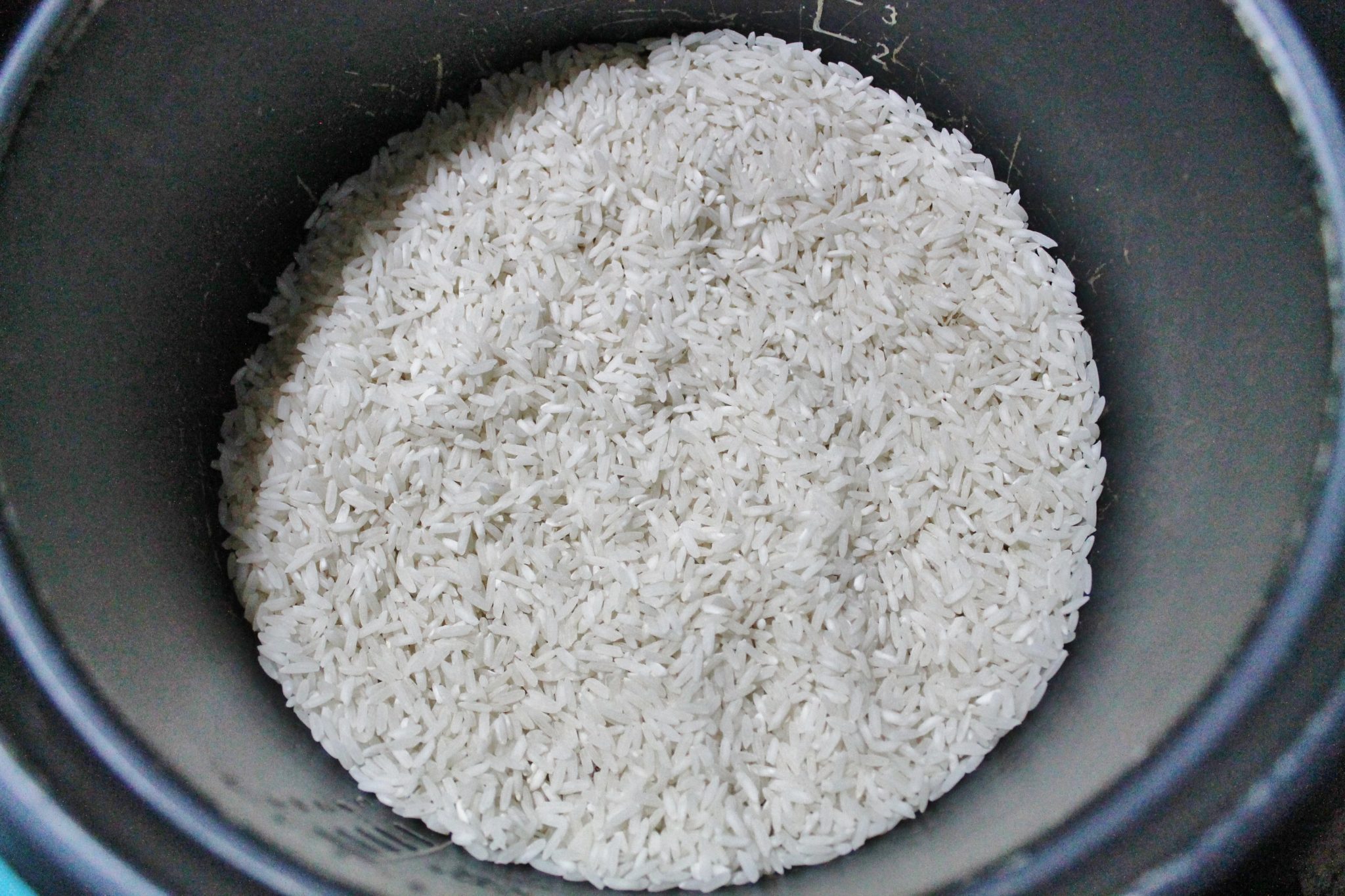
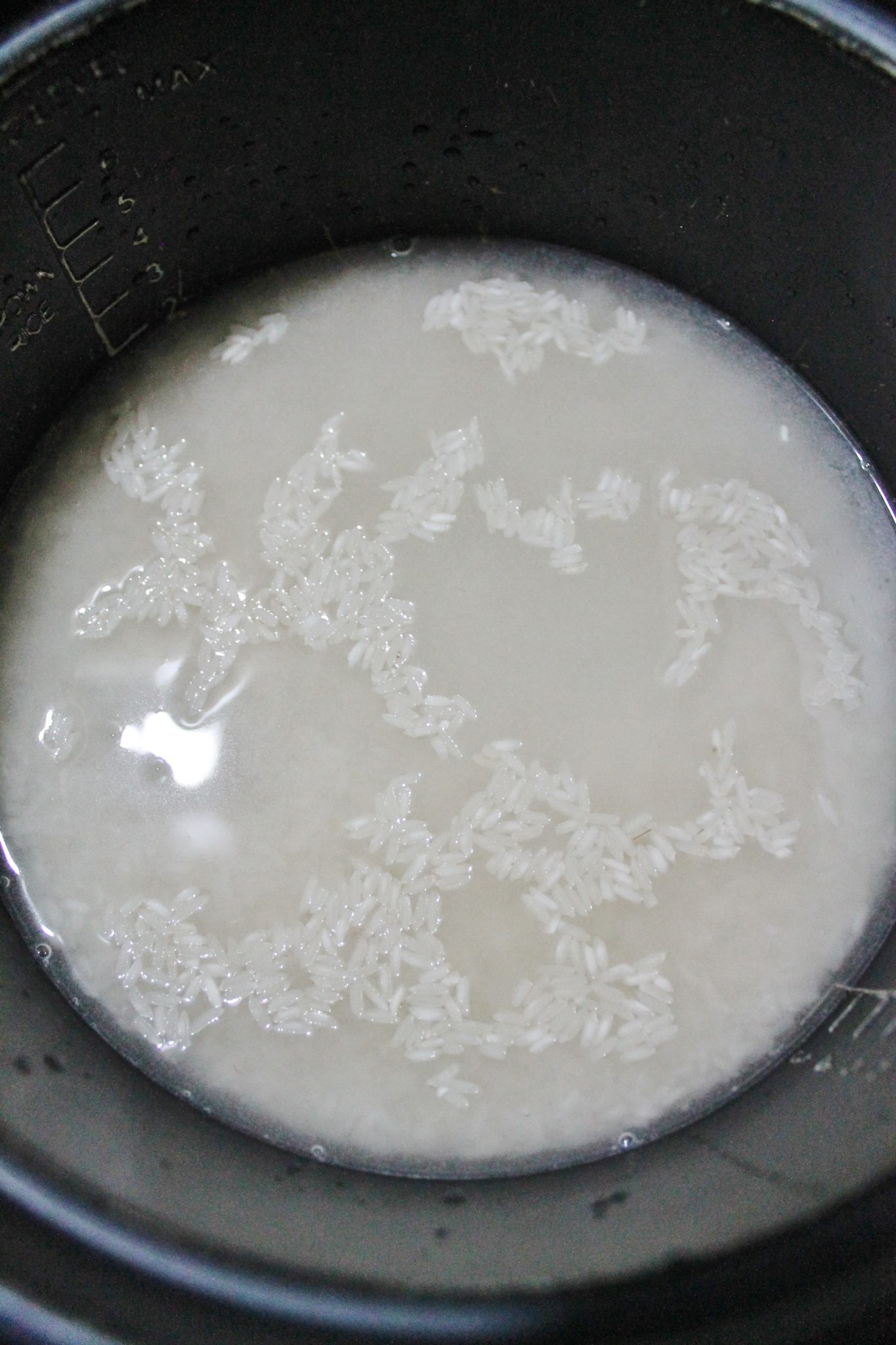
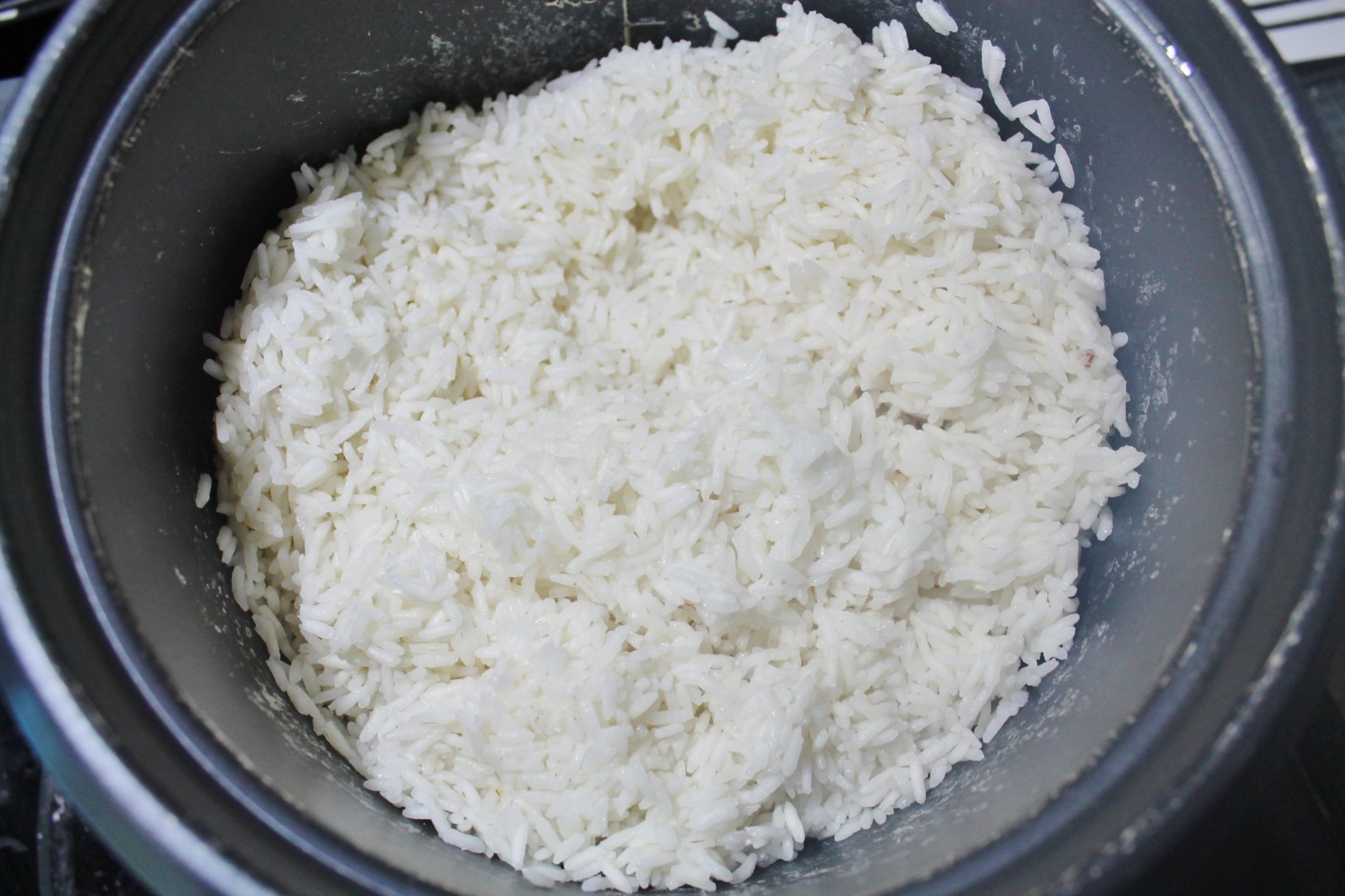
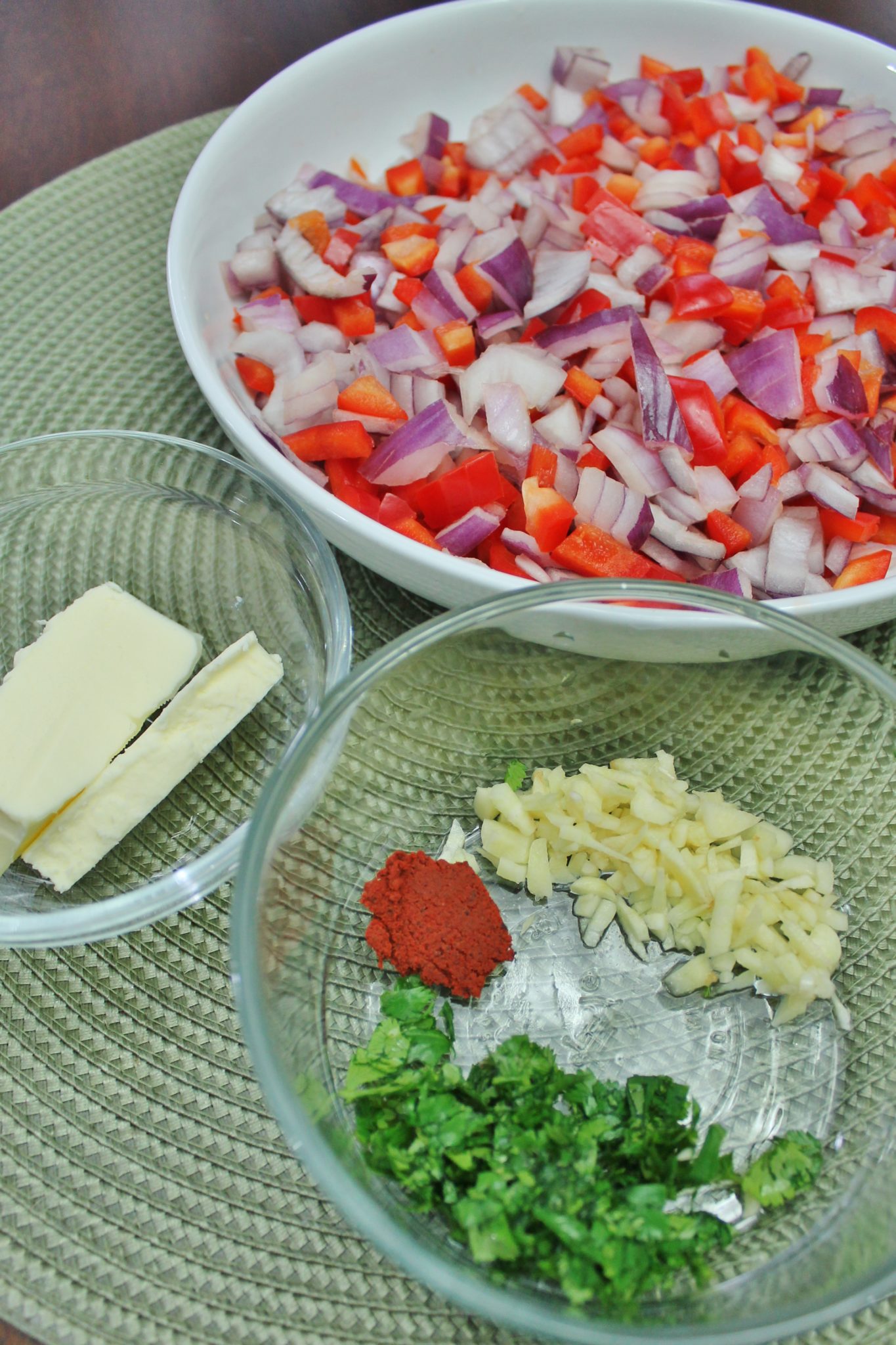
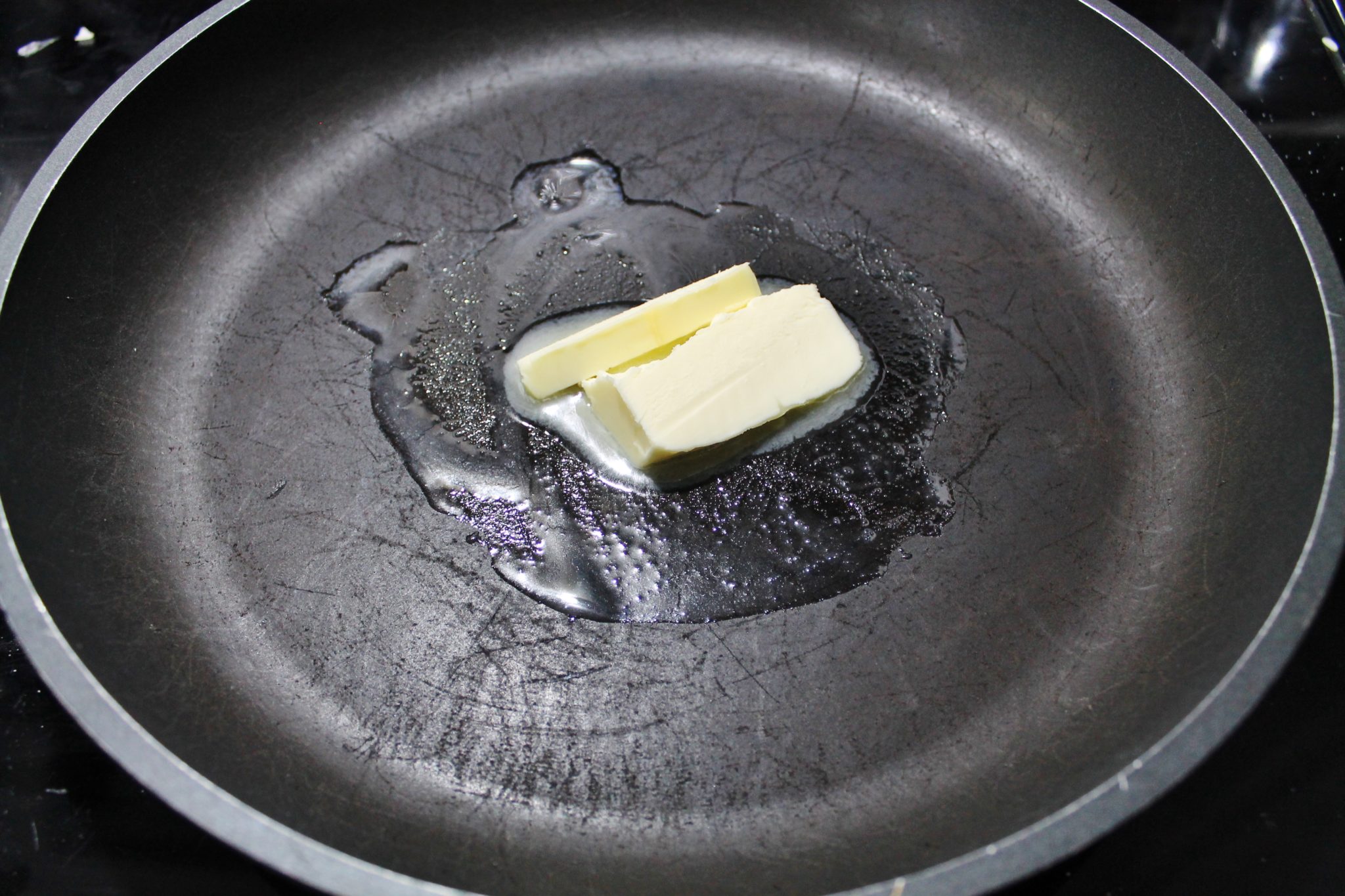
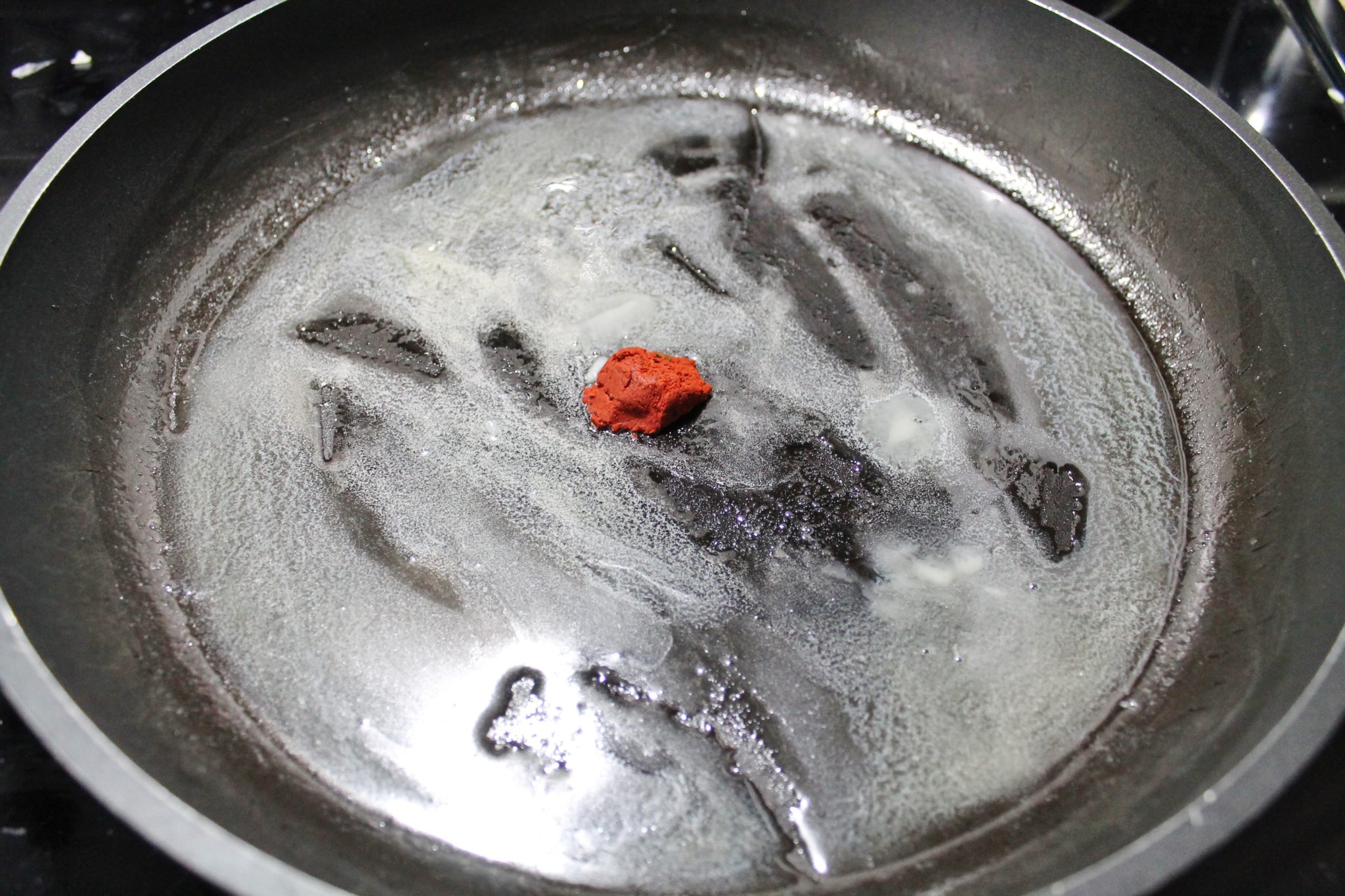
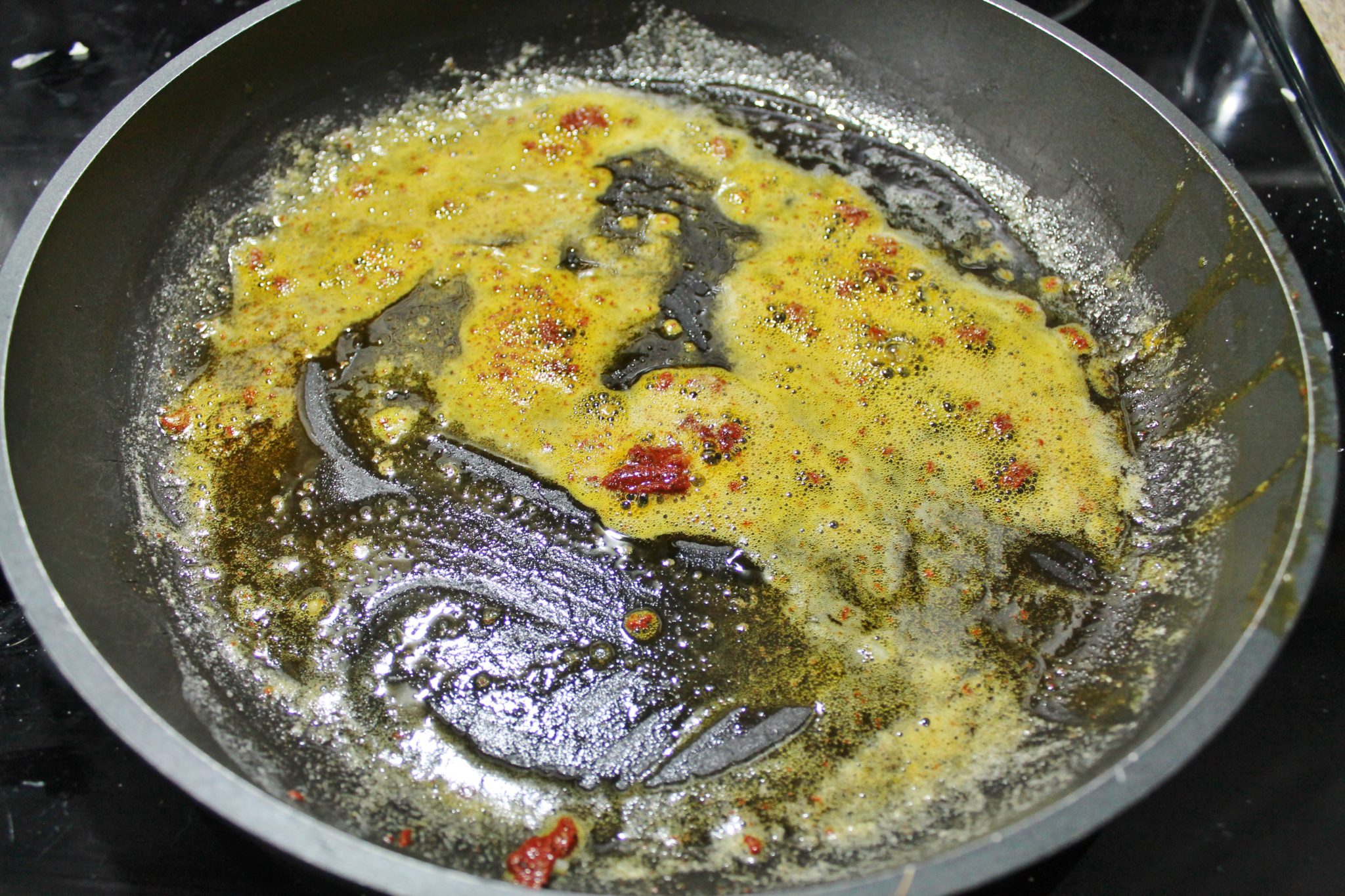
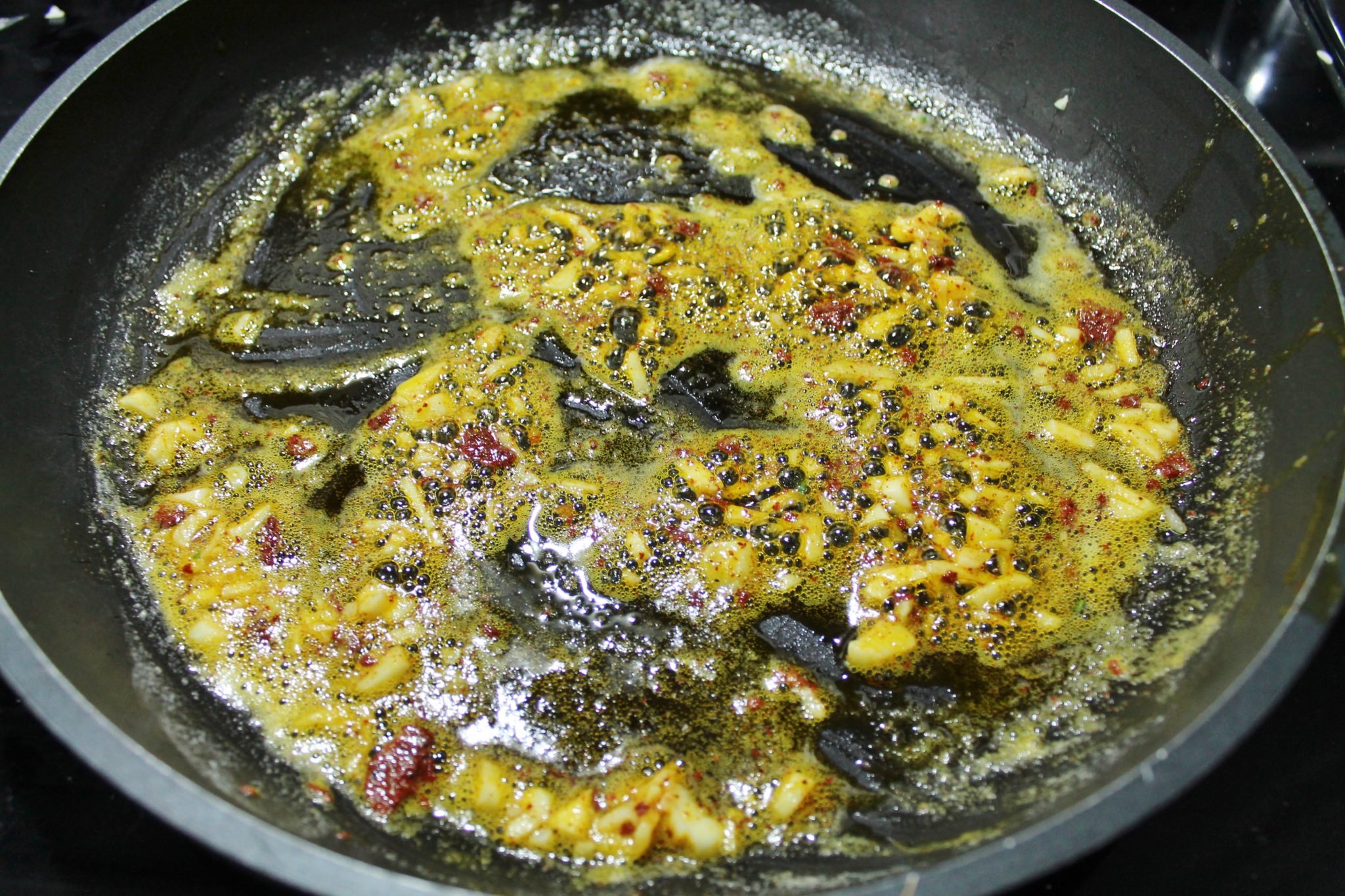
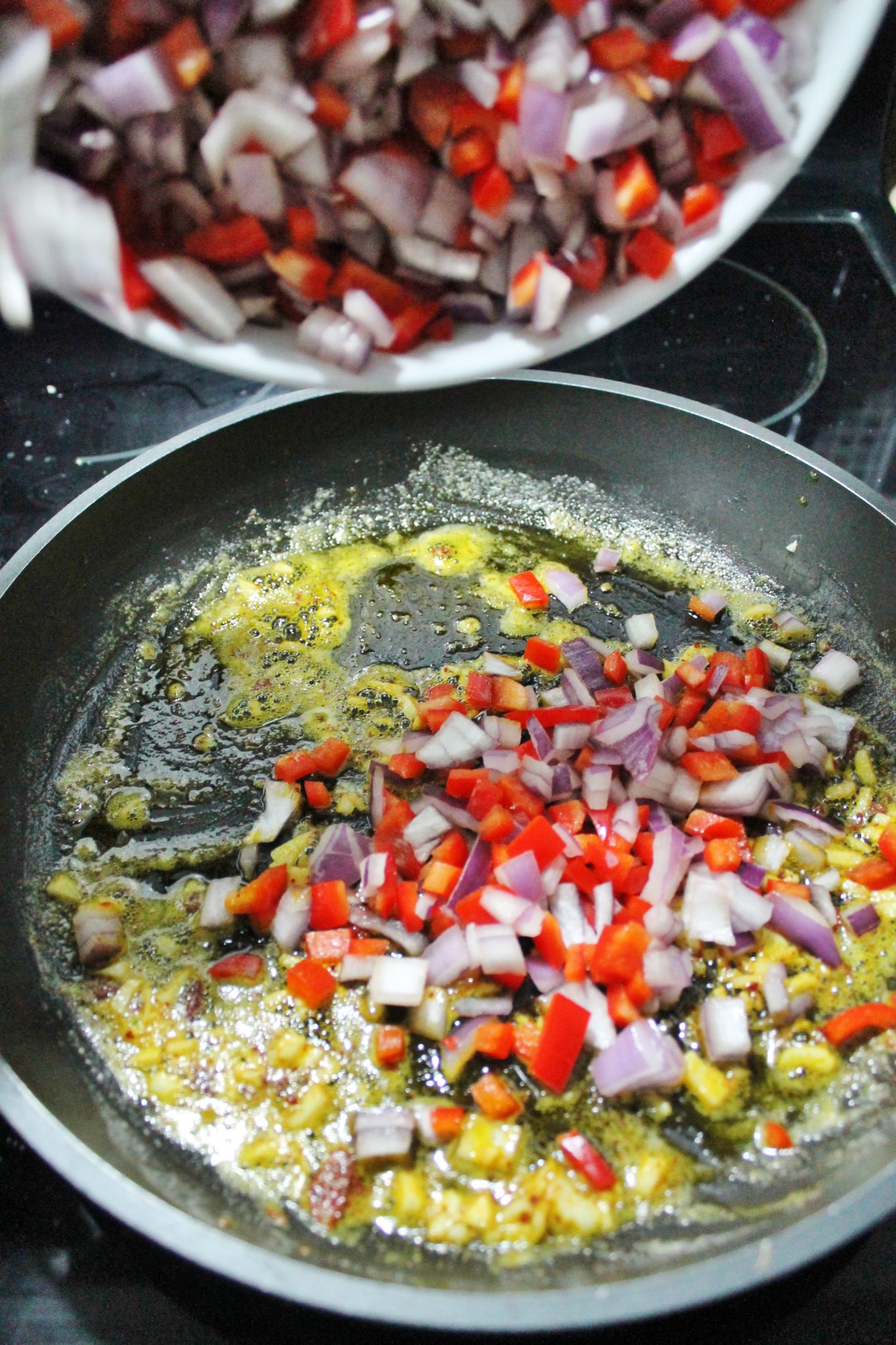
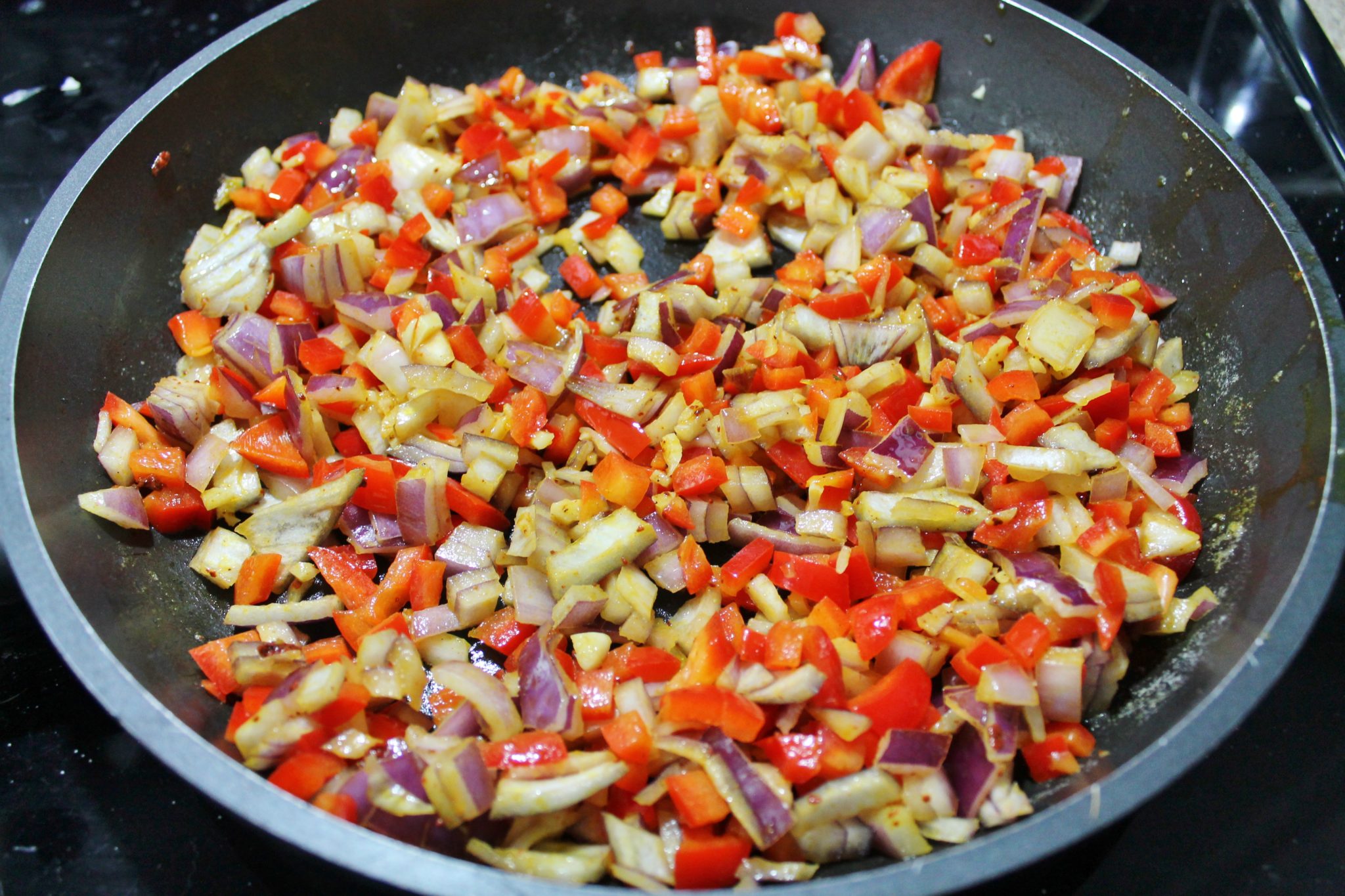
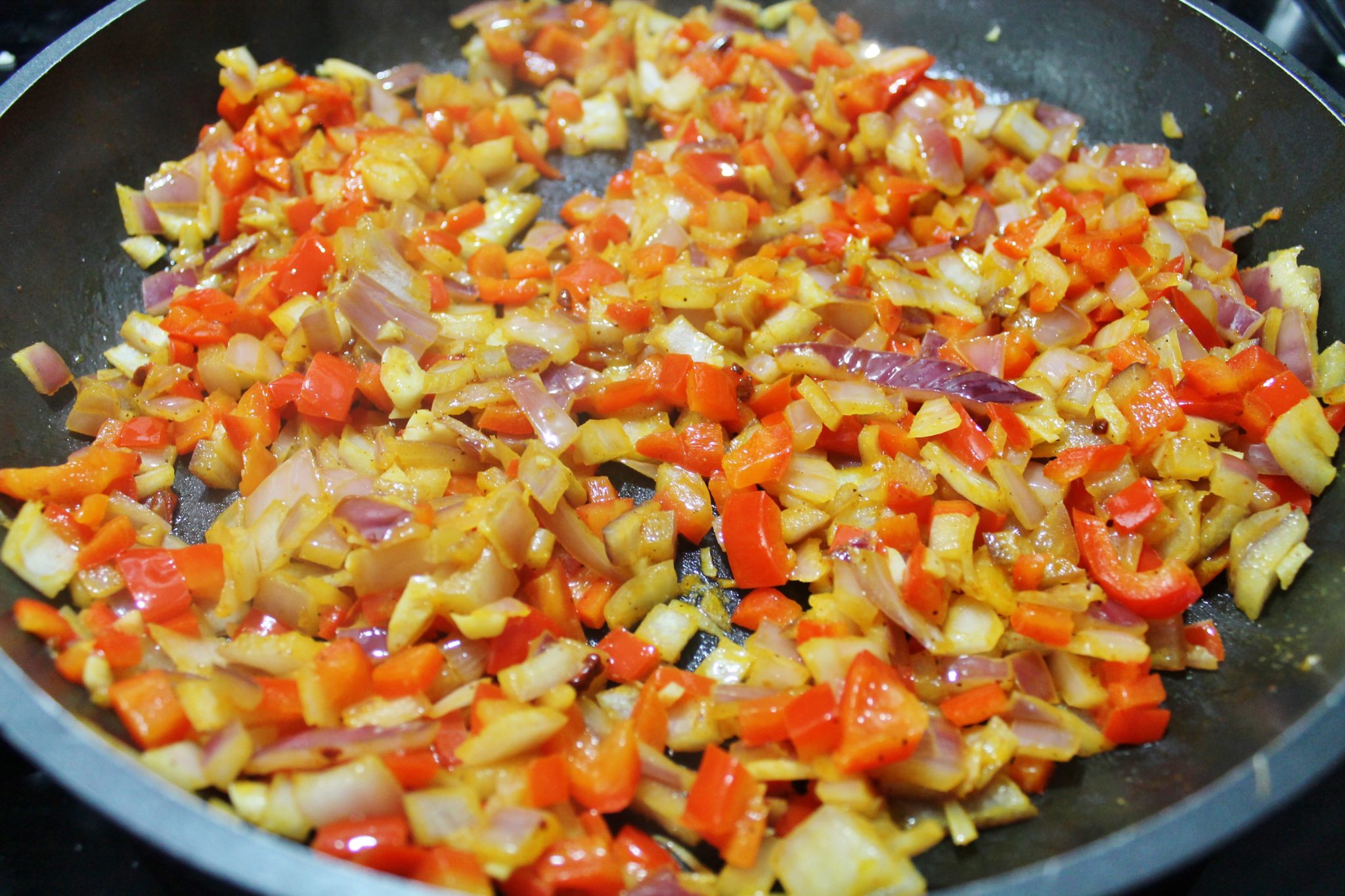
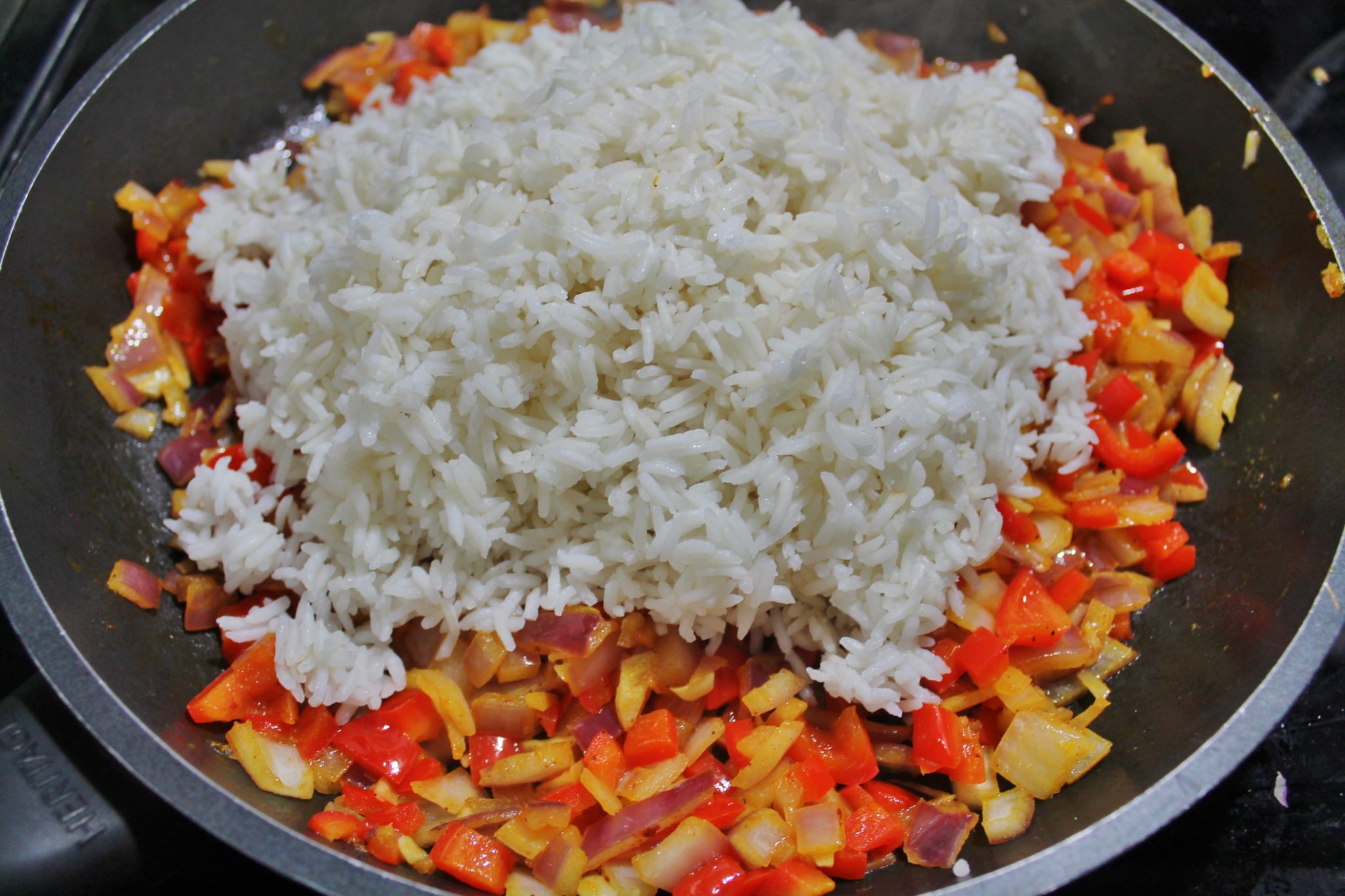
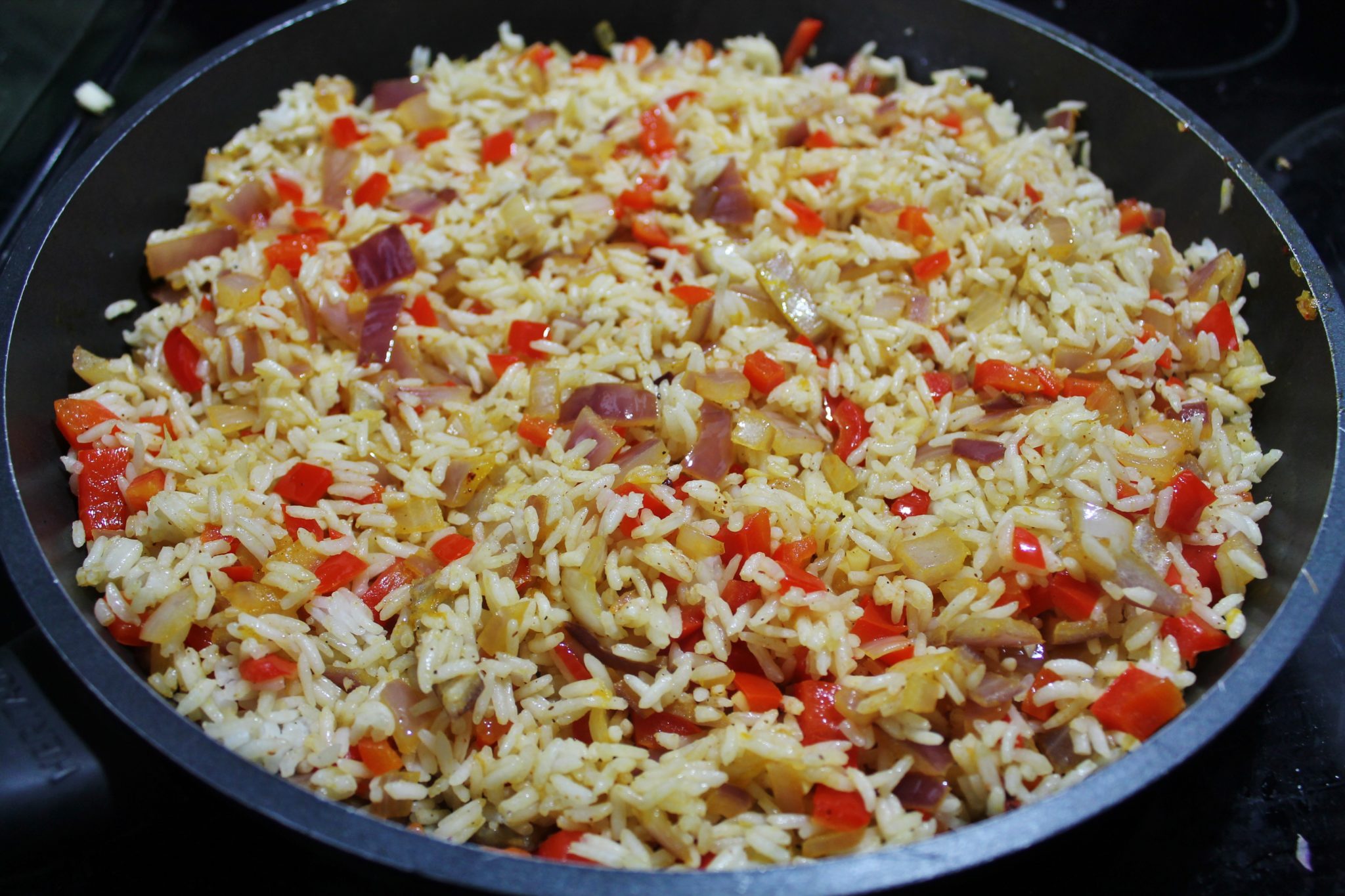

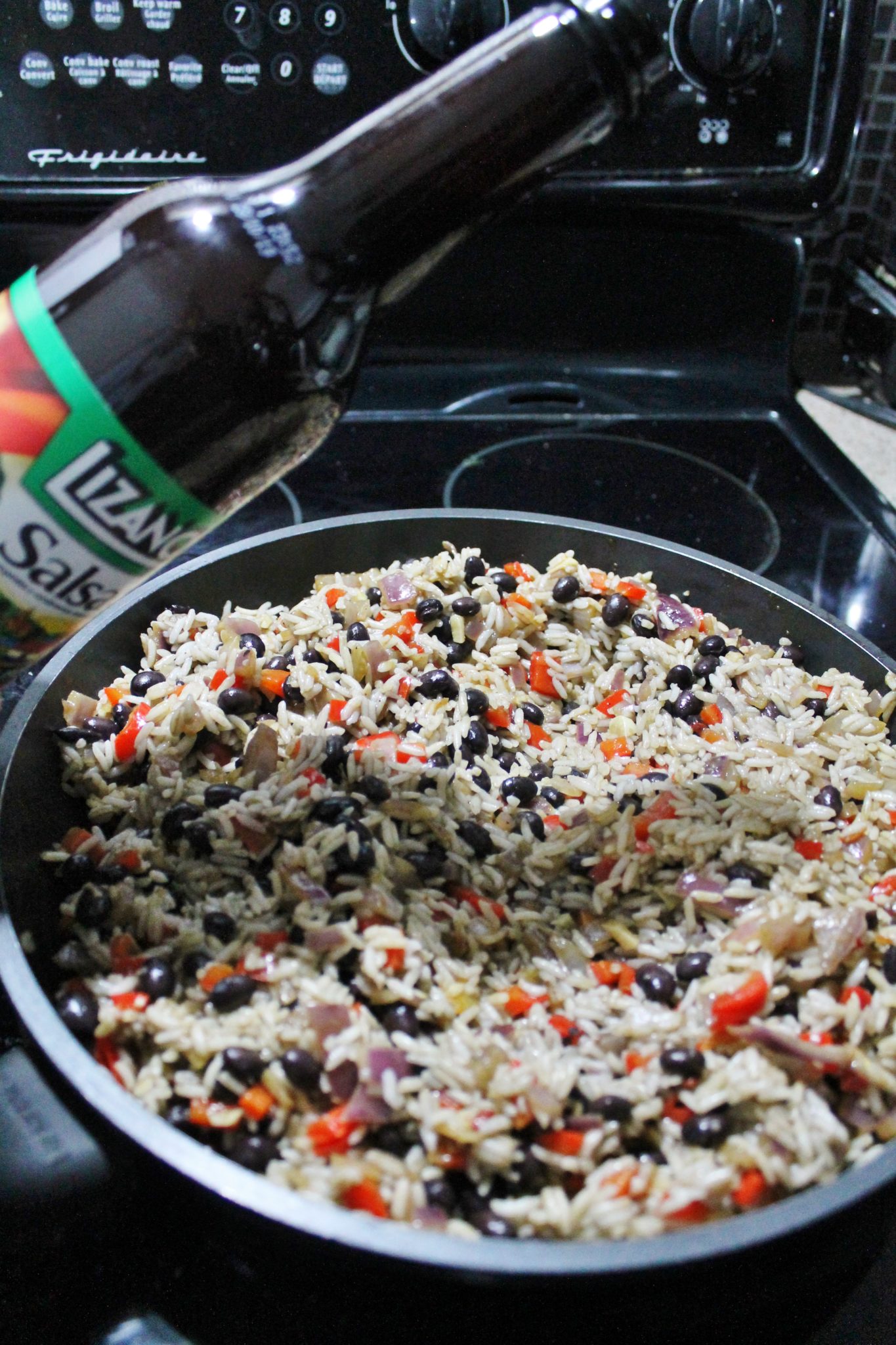
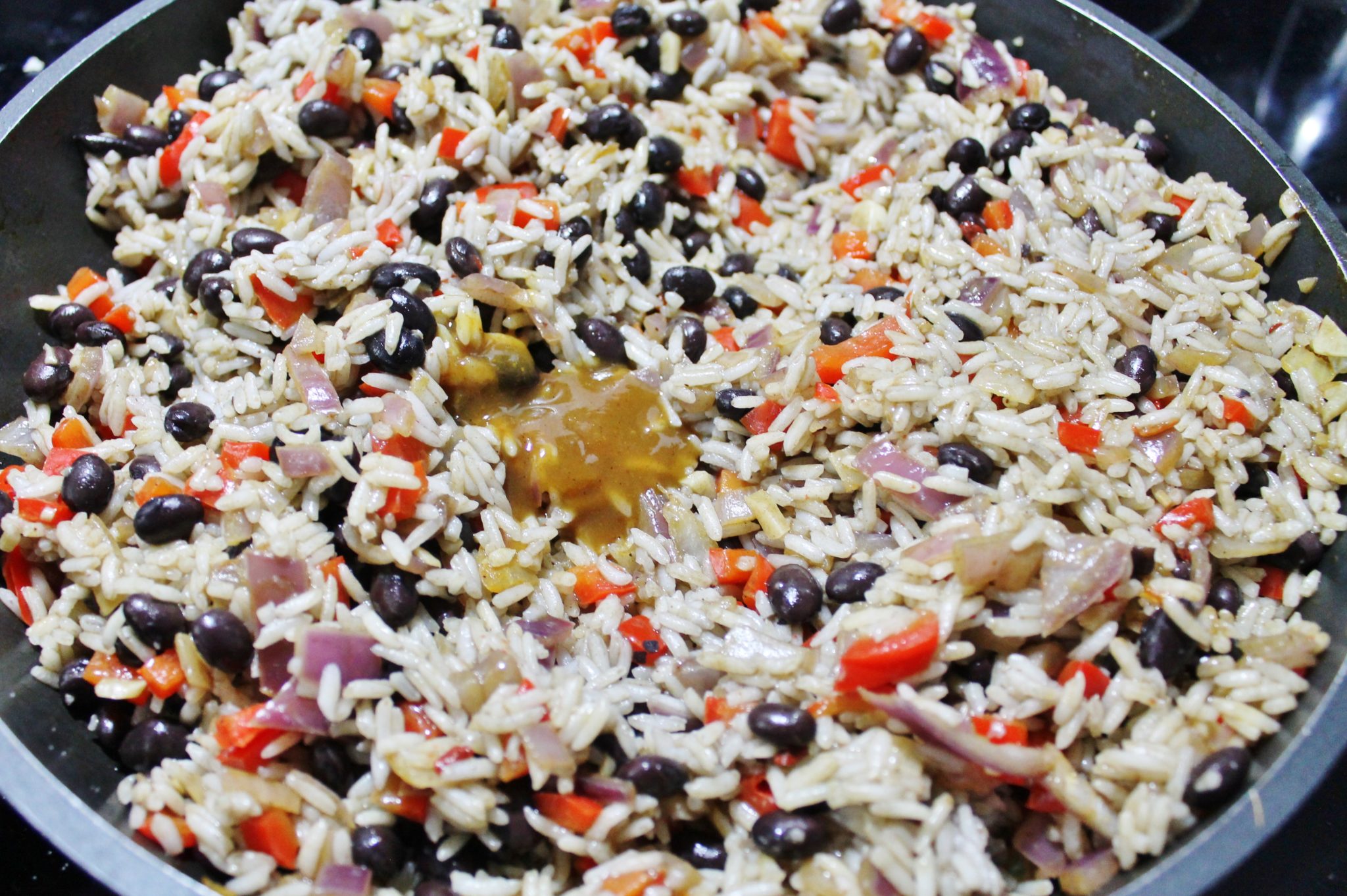
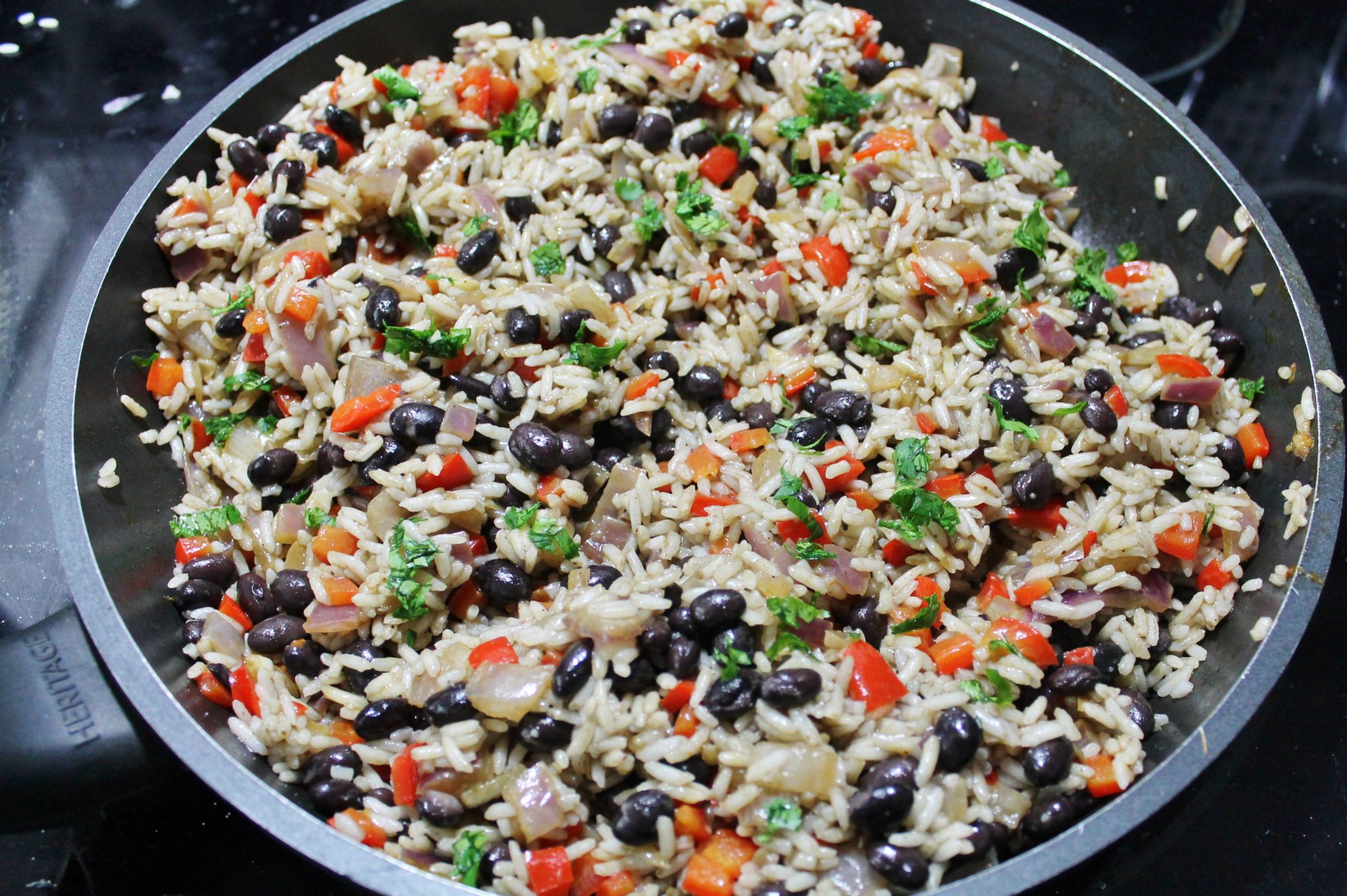
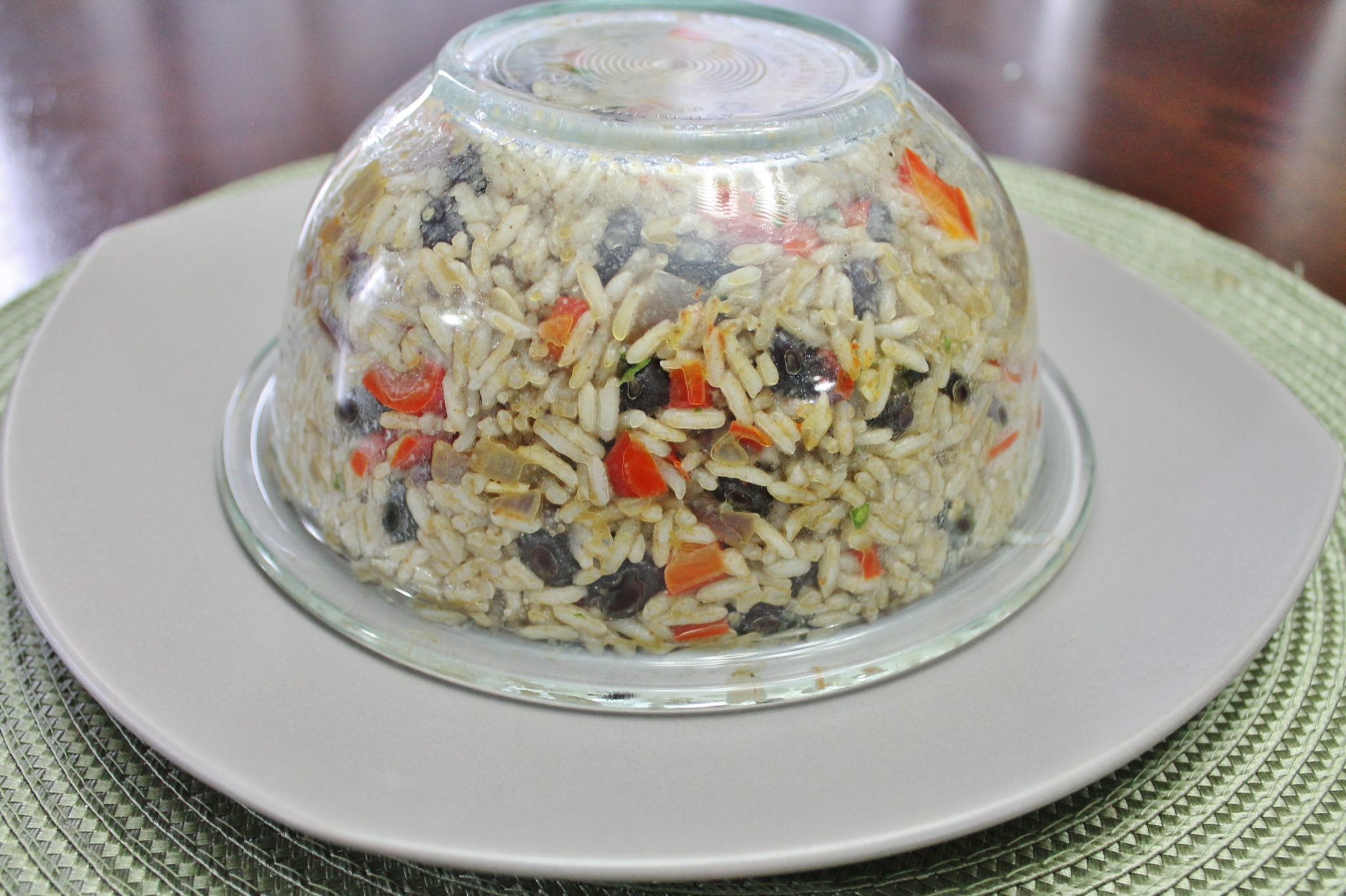

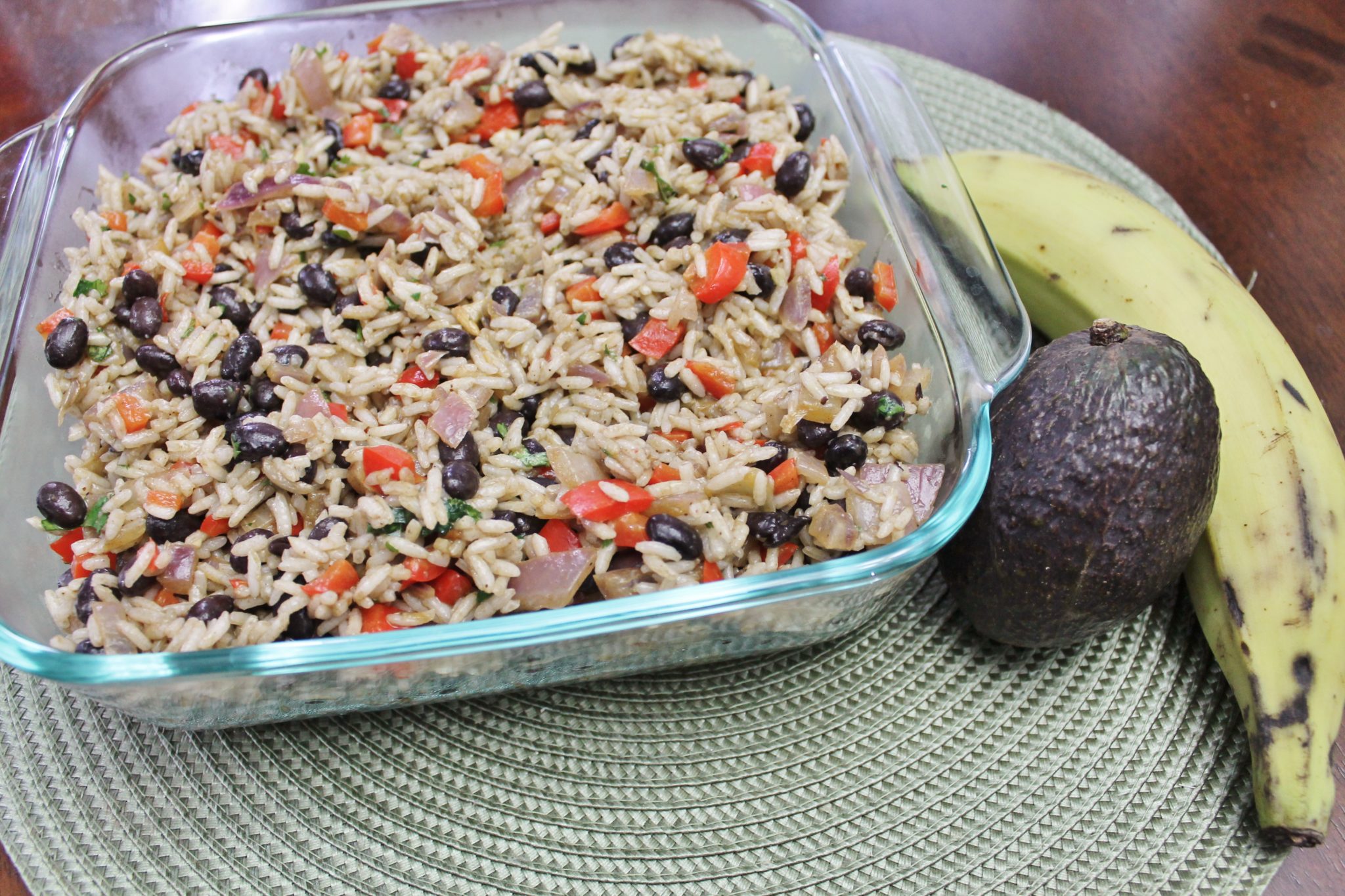











Tagged: breakfast, costa rica, costa rica dining, costa rican cuisine, costa rican food, food, gallo pinto, healthy, rice and beans